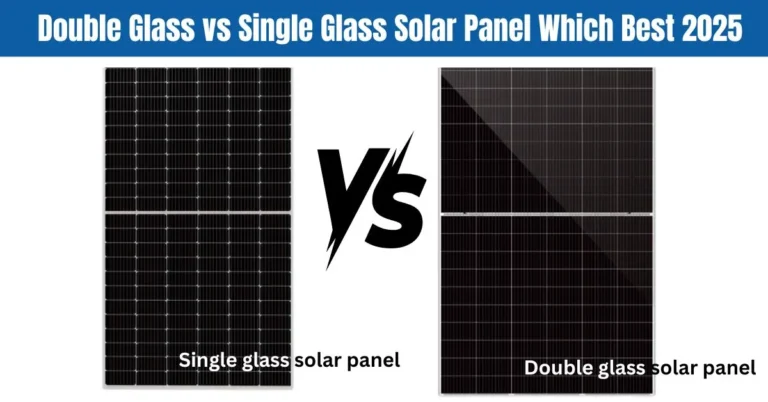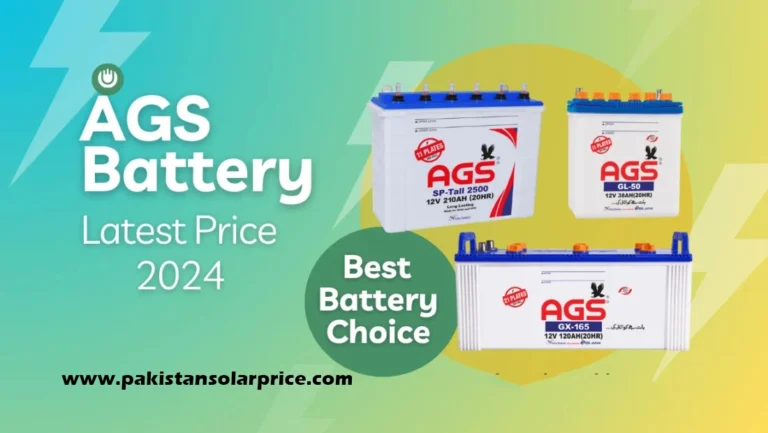Perovskite Solar Technology: The Next Big Thing in Solar Power 2025
Solar power has come a long way, but traditional silicon-based panels have hit a ceiling in terms of cost and efficiency. Enter perovskite solar cells—a game-changing innovation that could reshape the future of solar energy. With their lightweight structure, lower production costs, and impressive efficiency gains, perovskites offer a glimpse into a cleaner, more sustainable world. As the demand for affordable, renewable energy grows, this breakthrough technology is becoming too promising to ignore.
Solar power has come a long way, but traditional silicon-based panels have hit a ceiling in terms of cost and efficiency. Enter perovskite solar cells—a game-changing innovation that could reshape the future of solar energy. With their lightweight structure, lower production costs, and impressive efficiency gains, perovskites offer a glimpse into a cleaner, more sustainable world. As the demand for affordable, renewable energy grows, this breakthrough technology is becoming too promising to ignore.
Efficiency & Performance Breakthroughs
One of the biggest reasons for excitement around perovskite solar cells is their incredible power conversion efficiency. In less than a decade, they’ve surpassed 25% efficiency in lab tests, rivaling and even exceeding conventional silicon panels. Even more promising are tandem solar cells, where perovskites are layered on top of silicon to harness more of the sunlight spectrum. These innovations could dramatically improve solar performance, especially in low-light conditions, making them a strong contender for both residential and commercial use.
Challenges: Stability, Toxicity & Scalability
Despite their potential, perovskite solar cells aren’t without challenges. One major issue is stability—these cells can degrade quickly when exposed to moisture and heat. There’s also concern over the use of lead, which poses environmental and health risks. Researchers are actively developing lead-free perovskites and better encapsulation methods to improve durability. Lastly, scaling up production for mass adoption remains a technical hurdle. Still, with global interest and funding pouring in, progress is being made toward solving these issues.

Applications: From Rooftops to Space
The versatility of perovskite solar cells is one of their biggest strengths. Their lightweight and flexible design makes them perfect for:
- Wearable electronics and portable chargers
- Building-integrated photovoltaics (BIPV) such as solar windows and facades
- Drones, satellites, and space exploration where every gram matters
This broad range of perovskite applications highlights their potential not just for everyday energy use, but for pioneering new frontiers in solar deployment.
The Future Outlook & Market Potential
The future of perovskite solar cells looks bright. With ongoing research and new partnerships between academia and industry, experts expect commercial rollout within the next 5–10 years. Analysts predict the global market for next-gen solar panels will surge as demand for cleaner, cheaper energy grows. Companies like Oxford PV and Saule Technologies are already pushing the envelope with pilot projects and real-world installations. As regulatory support increases, perovskites could soon become a mainstream part of the global energy mix.

Conclusion
Perovskite solar cells offer a powerful combination of high efficiency, low cost, and versatile design. While challenges around stability and scale still exist, rapid advancements in research suggest solutions are on the horizon. For anyone interested in the future of clean energy, this is a technology worth watching—and investing in.







